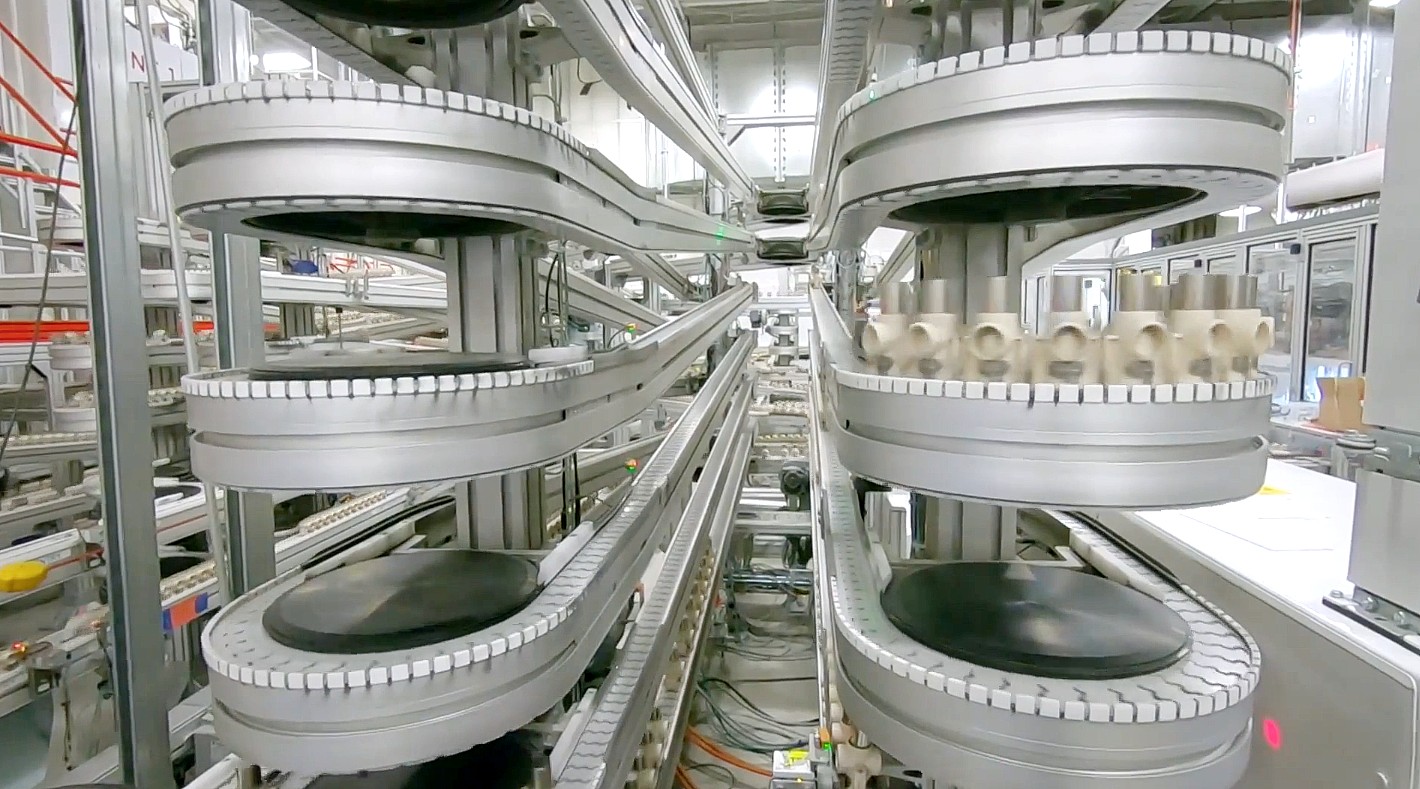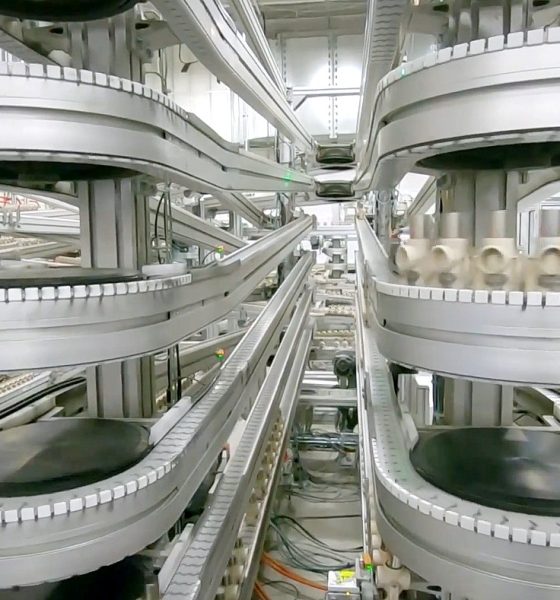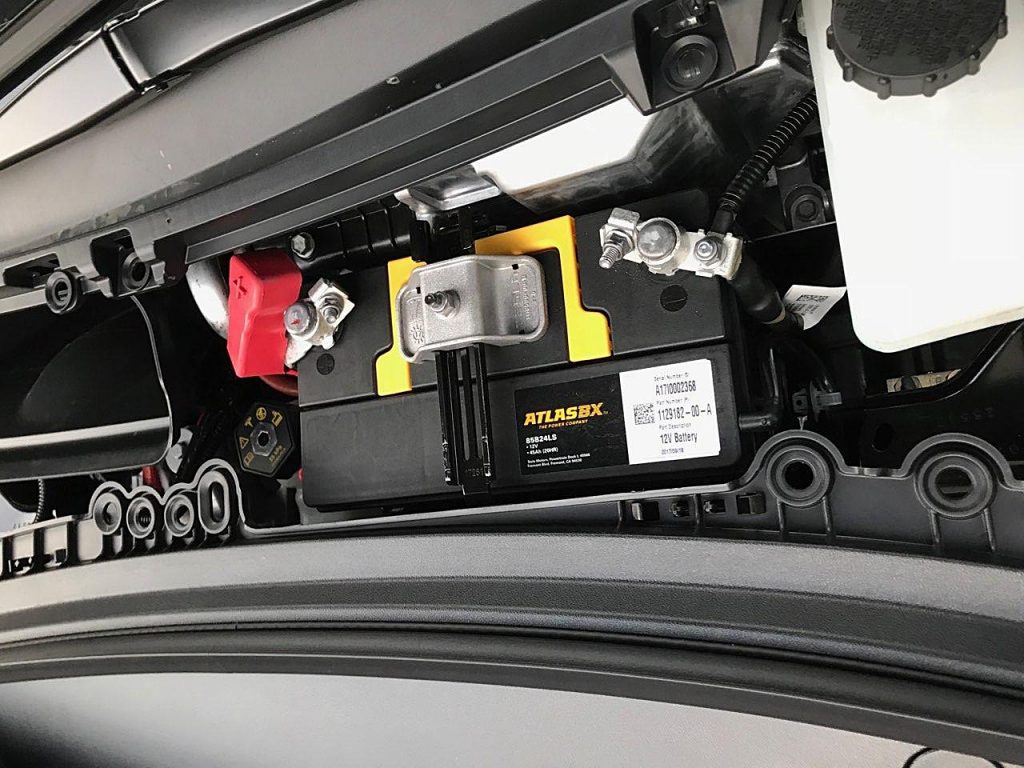

News
Tesla can solve an annoying part of its cars’ ownership experience with Maxwell’s supercapacitors
When Tesla acquired Maxwell technologies, the electric vehicle community was appropriately excited. Maxwell, after all, works on projects such as dry battery electrode tech and supercapacitors, both of which are believed to hold a lot of potential in the emerging electric vehicle sector. But as the countdown to the highly-anticipated Battery Day draws near, speculations suggest that Tesla acquired Maxwell mainly due to the company’s dry battery electrode tech, not its supercapacitors. Yet according to Andrey Shigaev, CEO of Geyser Batteries, supercapacitors still hold some potential uses for Tesla’s electric cars.
In a brief interview with Teslarati, Shigaev, whose company is developing batteries that use aqueous (water-based) electrolytes, noted that while supercapacitors will likely not be involved in Tesla’s million-mile battery project, there are already a lot of local tasks in an electric vehicle that could benefit from the use of supercapacitors. Among these is smart air suspension, a feature that is currently used in the Model S and X and is expected for upcoming vehicles like the Cybertruck. But beyond this, the Geyser Batteries CEO mentioned that supercapacitors could also be utilized as a superior alternative to the 12V battery that Tesla uses for its vehicles today.
“The more stuff gets electrified, the more power you need to perform tasks. The most classical thing (that could benefit from supercapacitors) and the number one item for Tesla is the 12V battery. Supercapacitors can handle this task. If you have a high energy battery onboard, then this secondary circuit could be powered by a supercapacitor that is very efficient. It will even have an extremely long life cycle. Supercapacitors are lighter too, saving weight. And they tend to be smaller than a lead-acid battery,” Shigaev said.

Interestingly enough, the earliest versions of the original Tesla Roadster didn’t use a 12V battery. Instead, the company used a portion of the Roadster’s main lithium-ion battery pack to supply 12V for the vehicles’ accessories and lights. This did not prove ideal, however, and in 2010, Tesla switched to using a 12V battery for the Roadster 2.0. It should be noted that the 12V battery, which has been adopted in every vehicle since the Roadster 2.0, is used to keep systems such as emergency blinkers, airbags, seatbelt pre-tensioners, the MCU, and other functions operational even when a car’s main battery pack is compromised.
Being one of the few parts of the car that is still based on conventional automotive tech, the 12V battery in a Tesla tends to last only a few years. As noted by Tesla Tap, the 12V battery in a brand new Tesla could last about 3-4 years, but this could be reduced to as little as 1-2 years if the vehicle is driven frequently. This could cause annoyances among Tesla owners, especially since the 12V battery’s health could not be actively observed in the vehicle’s systems yet. Social media posts about 12V batteries in Teslas giving out are numerous, with some owners noting that it is the one aspect of the Tesla ownership experience that is still mildly infuriating.
With this in mind, the use of supercapacitors in place of the 12V battery could be pretty in-character for Tesla. Nevertheless, the Geyser CEO explained that using supercapacitors in place of the 12V battery would present some challenges as well. Among these is cost, since supercapacitors are notably more expensive than standard 12V lead-acid batteries. Yet despite this, the advantages they bring could justify their use, especially among flagship vehicles like the next-generation Roadster and the Plaid Model S and Model X.

“Supercapacitors have a main caveat. There are three drawbacks. First and foremost is energy density, which is ten times lower than lead-acid battery. Second is their price since currently, their price is astronomically larger. The third is discharge. If you leave it alone for almost one month, it would discharge completely. However, if you have an electric car and there’s a high energy battery in the car like a lithium-ion battery, that would be the power source for the vehicle,” Shigaev noted.
Other industry experts have suggested uses for Maxwell’s supercapacitors in Tesla’s electric cars in the past. Auto veteran and Munro & Associates Sr. Associate Mark Ellis previously noted that apart from dry electrode tech, Tesla could tap into Maxwell’s supercapacitors to improve its vehicles’ battery management systems.
“One of the issues with the battery is, when I step on the throttle hard, I’m pulling a lot of energy from the battery. And then, when I brake hard, I’m pulling a lot of energy out of the regen, but the batteries can’t take it fast enough. The batteries get really stressed when you try to pull it up too much, so if I had supercapacitors that I could use as a cushion; so when I need energy quickly, (I can) pull it from the supercapacitors and then fill the supercapacitors back up with the battery slowly; and then when I brake, I can capture more of that regen energy and do the supercapacitors faster. I think that just makes logical sense, because now all of a sudden I’ve got a sponge in front of my main energy source and I’m not stressing (the battery) so much,” Ellis said.

Elon Musk
Elon Musk’s X will start using a Tesla-like software update strategy
The initiative seems designed to accelerate updates to the social media platform, while maintaining maximum transparency.

Elon Musk’s social media platform X will adopt a Tesla-esque approach to software updates for its algorithm.
The initiative seems designed to accelerate updates to the social media platform, while maintaining maximum transparency.
X’s updates to its updates
As per Musk in a post on X, the social media company will be making a new algorithm to determine what organic and advertising posts are recommended to users. These updates would then be repeated every four weeks.
“We will make the new 𝕏 algorithm, including all code used to determine what organic and advertising posts are recommended to users, open source in 7 days. This will be repeated every 4 weeks, with comprehensive developer notes, to help you understand what changed,” Musk wrote in his post.
The initiative somewhat mirrors Tesla’s over-the-air update model, where vehicle software is regularly refined and pushed to users with detailed release notes. This should allow users to better understand the details of X’s every update and foster a healthy feedback loop for the social media platform.
xAI and X
X, formerly Twitter, has been acquired by Elon Musk’s artificial intelligence startup, xAI last year. Since then, xAI has seen a rapid rise in valuation. Following the company’s the company’s upsized $20 billion Series E funding round, estimates now suggest that xAI is worth tens about $230 to $235 billion. That’s several times larger than Tesla when Elon Musk received his controversial 2018 CEO Performance Award.
As per xAI, the Series E funding round attracted a diverse group of investors, including Valor Equity Partners, Stepstone Group, Fidelity Management & Research Company, Qatar Investment Authority, MGX, and Baron Capital Group, among others. Strategic partners NVIDIA and Cisco Investments also continued support for building the world’s largest GPU clusters.
News
Tesla FSD Supervised wins MotorTrend’s Best Driver Assistance Award
The decision marks a notable reversal for the publication from prior years, with judges citing major real-world improvements that pushed Tesla’s latest FSD software ahead of every competing ADAS system.

Tesla’s Full Self-Driving (Supervised) system has been named the best driver-assistance technology on the market, earning top honors at the 2026 MotorTrend Best Tech Awards.
The decision marks a notable reversal for the publication from prior years, with judges citing major real-world improvements that pushed Tesla’s latest FSD software ahead of every competing ADAS system. And it wasn’t even close.
MotorTrend reverses course
MotorTrend awarded Tesla FSD (Supervised) its 2026 Best Tech Driver Assistance title after extensive testing of the latest v14 software. The publication acknowledged that it had previously criticized earlier versions of FSD for erratic behavior and near-miss incidents, ultimately favoring rivals such as GM’s Super Cruise in earlier evaluations.
According to MotorTrend, the newest iteration of FSD resolved many of those shortcomings. Testers said v14 showed far smoother behavior in complex urban scenarios, including unprotected left turns, traffic circles, emergency vehicles, and dense city streets. While the system still requires constant driver supervision, judges concluded that no other advanced driver-assistance system currently matches its breadth of capability.
Unlike rival systems that rely on combinations of cameras, radar, lidar, and mapped highways, Tesla’s FSD operates using a camera-only approach and is capable of driving on city streets, rural roads, and freeways. MotorTrend stated that pure utility, the ability to handle nearly all road types, ultimately separated FSD from competitors like Ford BlueCruise, GM Super Cruise, and BMW’s Highway Assistant.
High cost and high capability
MotorTrend also addressed FSD’s pricing, which remains significantly higher than rival systems. Tesla currently charges $8,000 for a one-time purchase or $99 per month for a subscription, compared with far lower upfront and subscription costs from other automakers. The publication noted that the premium is justified given FSD’s unmatched scope and continuous software evolution.
Safety remained a central focus of the evaluation. While testers reported collision-free operation over thousands of miles, they noted ongoing concerns around FSD’s configurable driving modes, including options that allow aggressive driving and speeds beyond posted limits. MotorTrend emphasized that, like all Level 2 systems, FSD still depends on a fully attentive human driver at all times.
Despite those caveats, the publication concluded that Tesla’s rapid software progress fundamentally reshaped the competitive landscape. For drivers seeking the most capable hands-on driver-assistance system available today, MotorTrend concluded Tesla FSD (Supervised) now stands alone at the top.
News
Elon Musk’s Grokipedia surges to 5.6M articles, almost 79% of English Wikipedia
The explosive growth marks a major milestone for the AI-powered online encyclopedia, which was launched by Elon Musk’s xAI just months ago.

Elon Musk’s Grokipedia has grown to an impressive 5,615,201 articles as of today, closing in on 79% of the English Wikipedia’s current total of 7,119,376 articles.
The explosive growth marks a major milestone for the AI-powered online encyclopedia, which was launched by Elon Musk’s xAI just months ago. Needless to say, it would only be a matter of time before Grokipedia exceeds English Wikipedia in sheer volume.
Grokipedia’s rapid growth
xAI’s vision for Grokipedia emphasizes neutrality, while Grok’s reasoning capabilities allow for fast drafting and fact-checking. When Elon Musk announced the initiative in late September 2025, he noted that Grokipedia would be an improvement to Wikipedia because it would be designed to avoid bias.
At the time, Musk noted that Grokipedia “is a necessary step towards the xAI goal of understanding the Universe.”
Grokipedia was launched in late October, and while xAI was careful to list it only as Version 0.1 at the time, the online encyclopedia immediately earned praise. Wikipedia co-founder Larry Sanger highlighted the project’s innovative approach, noting how it leverages AI to fill knowledge gaps and enable rapid updates. Netizens also observed how Grokipedia tends to present articles in a more objective manner compared to Wikipedia, which is edited by humans.
Elon Musk’s ambitious plans
With 5,615,201 total articles, Grokipedia has now grown to almost 79% of English Wikipedia’s article base. This is incredibly quick, though Grokipedia remains text-only for now. xAI, for its part, has now updated the online encyclopedia’s iteration to v0.2.
Elon Musk has shared bold ideas for Grokipedia, including sending a record of the entire knowledge base to space as part of xAI’s mission to preserve and expand human understanding. At some point, Musk stated that Grokipedia will be renamed to Encyclopedia Galactica, and it will be sent to the cosmos.
“When Grokipedia is good enough (long way to go), we will change the name to Encyclopedia Galactica. It will be an open source distillation of all knowledge, including audio, images and video. Join xAI to help build the sci-fi version of the Library of Alexandria!” Musk wrote, adding in a later post that “Copies will be etched in stone and sent to the Moon, Mars and beyond. This time, it will not be lost.”








